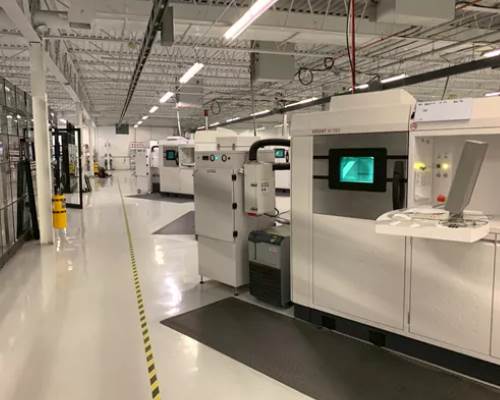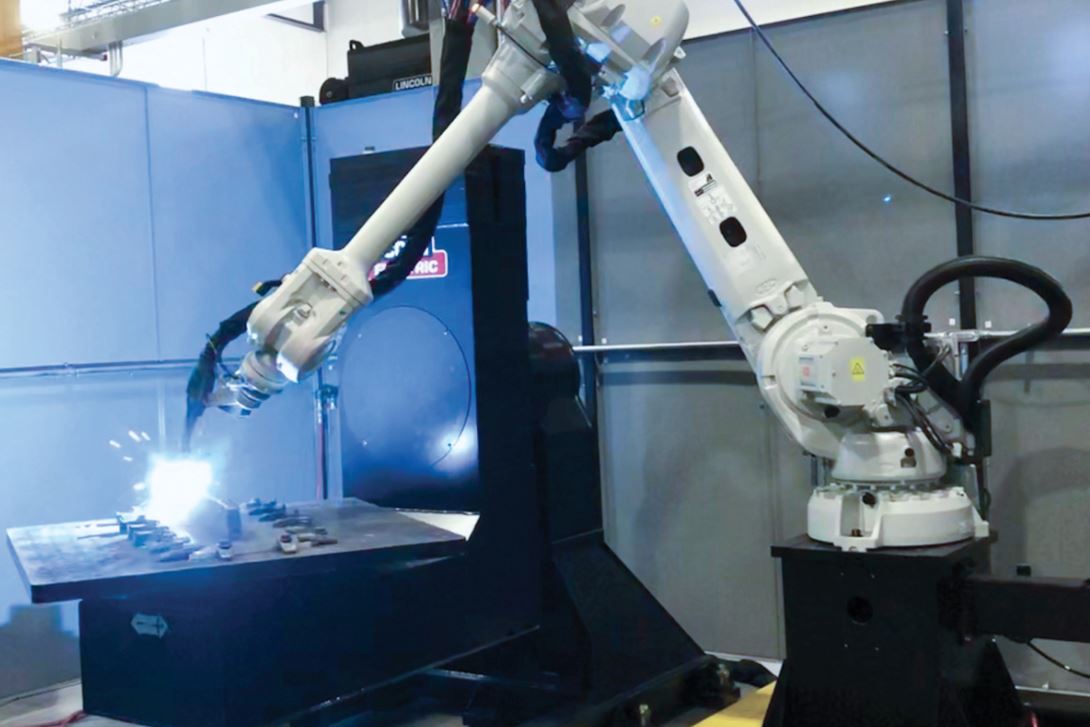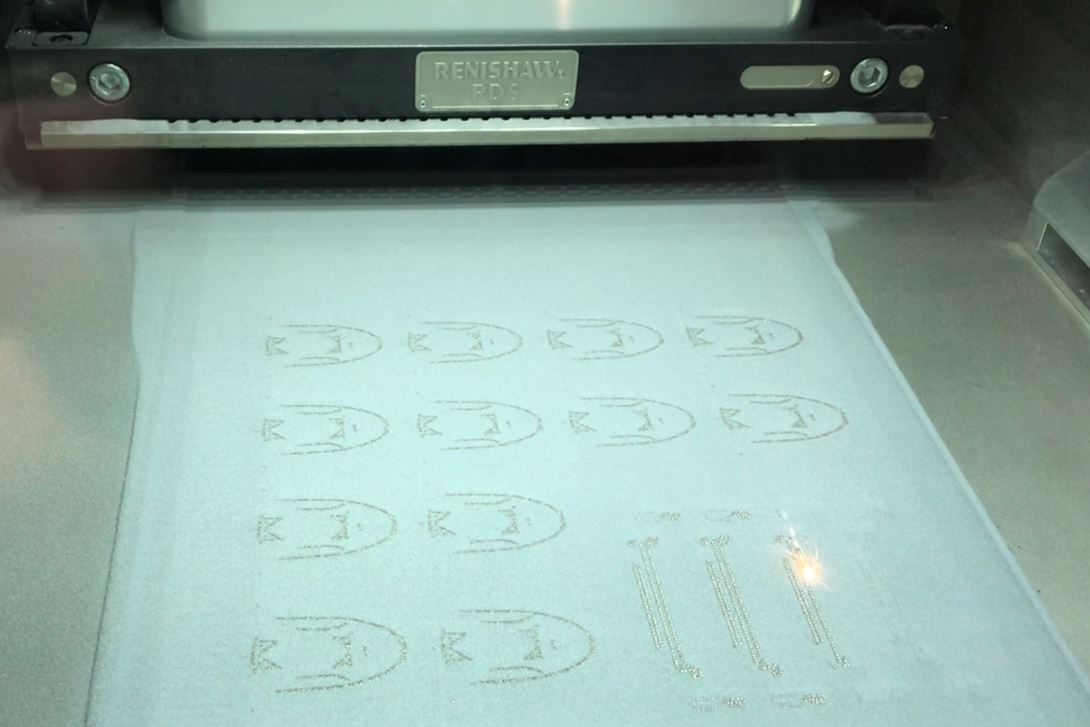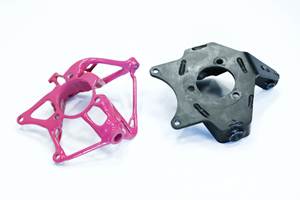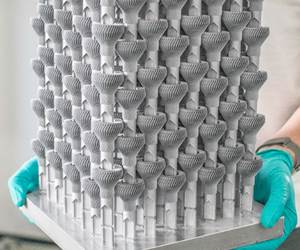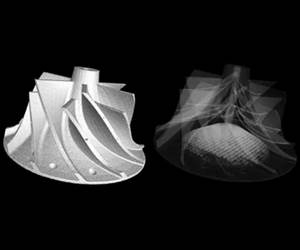Metal additive manufacturing (AM) is possible with a range of 3D printing technologies but those most commonly used for production parts are wire or powder deposition, powder bed fusion (PBF), and binder jetting. These processes allow for the manufacturing of complex designs not possible with machining or casting, as well as the use of materials that may not be well-suited to these other processes. Titanium, for instance, is difficult to machine but relatively easy to print via deposition or PBF. Deposition is often the process best suited to large parts such as propellant tanks and structural components (and can easily be combined with machining in the same platform for a hybrid manufacturing approach), while PBF and binder jetting are more commonly applied to small, complex components needed in higher quantities such as aerospace fuel injectors, medical implants and consolidated assemblies of automotive parts, for example.
A manufacturer’s ability to achieve performance or manufacturing gains from metal AM requires influence at the design stage. OEMs are in a good position to benefit because they can control all parts of the manufacturing process from design through finished product. Cobra Moto and Cobra Aero, sister companies specializing in youth motocross bikes and unmanned aerial vehicles respectively, have both benefited from in-house metal 3D printing alongside conventional machining and molding capabilities. As described in the video below (an episode of The Cool Parts Show), the addition of a powder bed fusion system has delivered performance and manufacturing advantages for its products:
